Laura Gibson tells the story behind La Grande

Named after a place in her home state of Oregon, folk singer Laura Gibson’s new album La Grande, released on the 9th of January, uses a lot of nature imagery. This seems apt when you learn that Gibson grew up in the small rural logging town of Coquille. “Coquille is a very quiet place, so I think I’ve always paid attention to silences. I tend to avoid big words, but would rather paint an unusual scene using everyday words.”
One for strong poetic thought, Gibson is passionate about songwriting and has always loved playing with words and using imagery to express herself. Just before making La Grande she began writing in prose outside of music, saying, “It has really opened up my song writing to a wider, perhaps more specific, imagery.”
Too shy to sing in front of a large audience when she was very young, Gibson finally worked up the courage in her early twenties to perform her songs for other people. She eventually came to use singing as a way to understand herself and her place in the world.
Currently in London to showcase La Grande, Gibson says that UK audiences are consistently warm, thoughtful and genuine, whereas the abundance of bands in the US can make it feel very musically crowded.
When pressed, she believes that Lion/Lamb and The Rushing Dark are her favourite tracks from the album, and sums up La Grande in five simple words: desire, confidence, vulnerability and movement forward.
“Much of the recording of the album felt really easy, like the songs exploded out of me. The challenging part was later, forming that explosion into one cohesive statement. It felt like I was putting together a giant puzzle.”
Now that the giant puzzle has been completed, Gibson has already started on her next project – collaborating with Spanish musicians Raul Pastor Medall and Julio de la Rose. Together, they have produced a group of songs using many different instruments from around the world. “I’ve been working on writing in Spanish, which is an incredible (and fun) challenge.”
When did you first start singing?
Well, I sang a bit in school plays, and in church when I was really young.
You grew up in a small logging town in southern Oregon. Has this influenced your music?
There are tall trees all around, and it looks and feels almost mystical, yet at the same time it’s very blue-collar. There is a certain hardness of life there, as the logging industry has tapered off. It’s very rural, and people tend to speak in simple straightforward terms. I think that mix of mystic and blue-collar comes across in my work.
You new album La Grande is named after a small town you have visited. After touring around the world why did you choose the little town La Grande as your place of inspiration?
It’s a beautiful part of my home state of Oregon that I’ve always been fascinated by, historically and culturally. It’s a place that really represents the American West, and movement forward. I took a trip out there when I was first recording the record, and was struck by all of the layers of history, and by the landscape. I wrote a song about the town, and when it came time to name the record, I felt like the town well reflected the themes of the record.
Is there a song on the album that is your particular favourite?
I’ve been asked that question so many times, and I think I choose a different answer each time.
What brings you to London?
To share new songs with my London friends!
What’s next for you musically?
Well, I’ve been collaborating off and on for a while with two Spanish musicians, Raul Pastor Medall and Julio de la Rosa. They are both amazing composers, and Julio also publishes poetry and has an amazing collection of instruments from around the world. We have a group of songs, using a lot of his instruments and voice. Hopefully we will finish that up this year.
Naomi Couper
Watch the video for La Grande here:

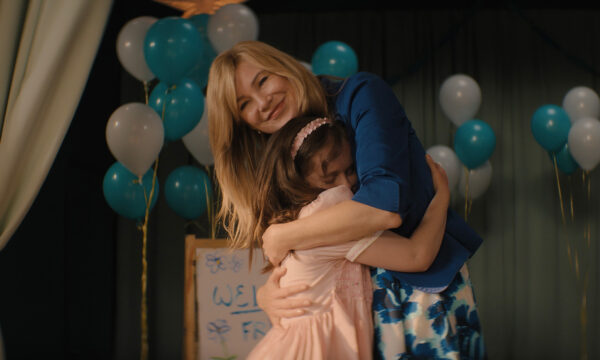
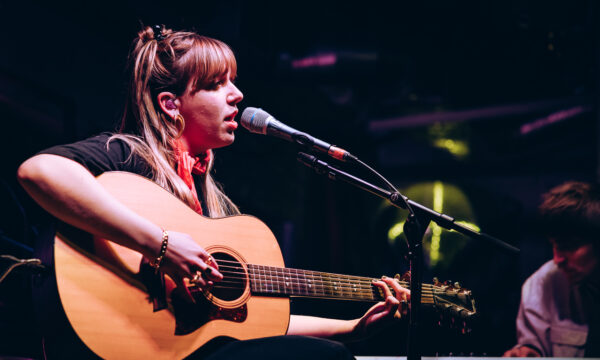
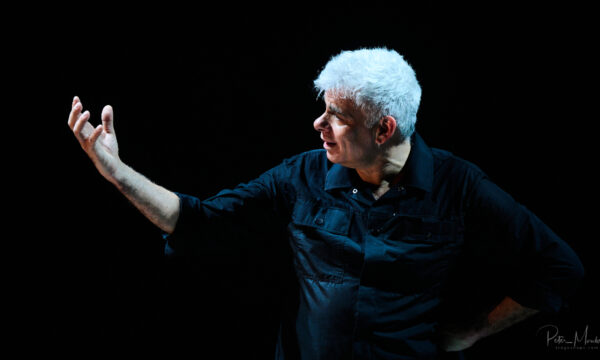
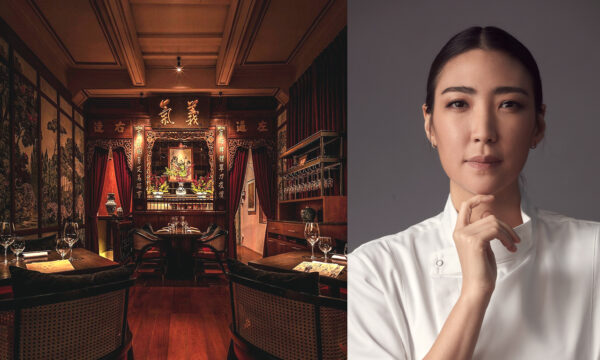
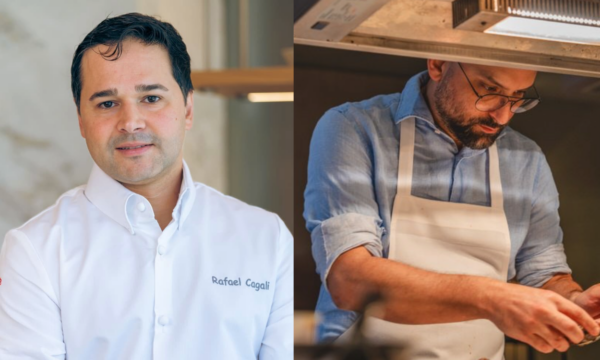
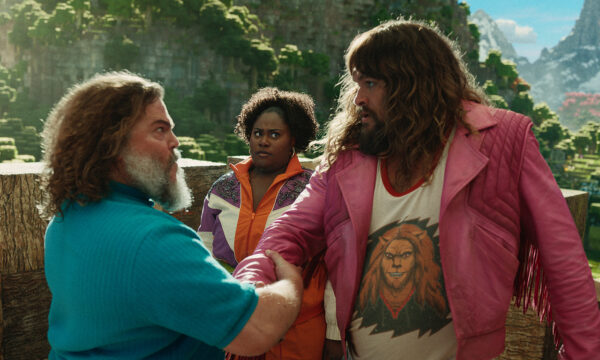

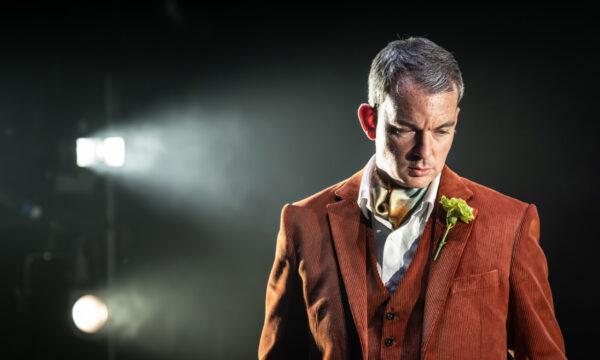
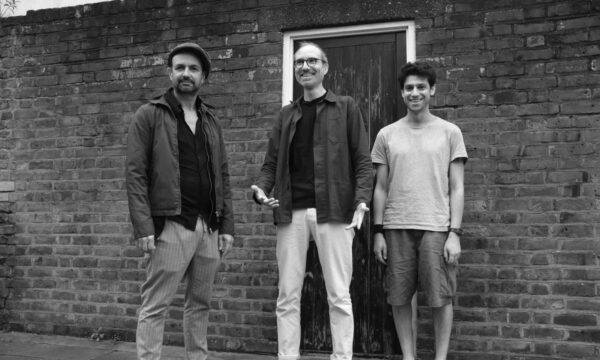










Facebook
Twitter
Instagram
YouTube
RSS